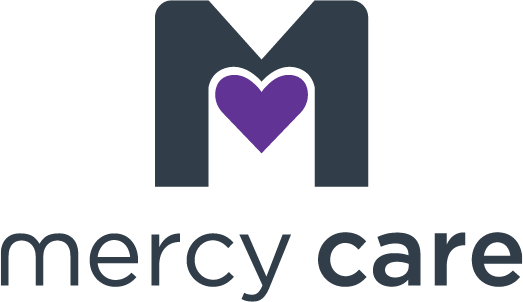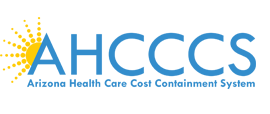
When it comes to risk of abusing harmful substances, studies show that lesbian, gay, bisexual, and transgender (LGBT) youth are significantly more at risk than those who do not identify as LGBT. One study indicated that substance abuse among lesbian, gay, and bisexual youth is 190% greater than that of heterosexual youth. Among some subgroups of these youth the disparity is even greater, with female substance use being 400% greater than heterosexual females. This does not mean that all gay and transgender youth will abuse drugs or alcohol but, due to other risk and protective factors, the odds are often not in their favor.
According to the National Institute on Drug Abuse, risk and protective factors are tied to five domains: individual, family, peer, school, and community. Negative attitudes toward LGBT youth have the potential of impacting all five domains, putting these youth at higher risk of low self-esteem and depression. Youth with low self-esteem are more prone to engage in risky behavior such as using drugs and alcohol. Self-confidence and support from those around them are protective factors and improve the odds of youth resisting these pressures.
Often, parents don’t know exactly how to talk with their kids about drugs and alcohol. Parents of LGBT youth sometimes feel like there is an even greater barrier to communication. Luckily there are resources for parents to help in both of these departments. DrugFreeAZKids.org offers Active Parenting workshops that cover communication, self-esteem, prevention strategies and so much more. Below is a snapshot of a publication from the Centers for Disease Control and Prevention is for parents of LGBT youth.
For more information about workshops and programs, visit DrugFreeAZKids.org/programs.
|
Ways Parents Can Influence the Health of Their LGB Youth More research is needed to better understand the associations between parenting and the health of LGB youth. Following are selected research-based steps parents can take to support the health and well-being of their LGB teen: Talk and listen. Parents who talk with and listen to their teen in a way that invites an open discussion about sexual orientation can help their teen feel loved and supported. Parents should have honest conversations with their teens about sex, and about how to avoid risky behavior and unsafe or high-risk situations. Provide support. Parents who take time to come to terms with how they feel about their teen’s sexual orientation will be more able to respond calmly and use respectful language. Parents should develop common goals with their teen, including being healthy and doing well in school. Stay involved. Parents who make an effort to know their teen’s friends and know what their teen is doing can help their teen stay safe and feel cared about. Be proactive. Parents can access many organizations and online information resources to learn more about how they can support their LGB teen, other family members, and their teen’s friends. » Get more information from the CDC Fact Sheet: Parents’ Influence on the Health of Lesbian, Gay, and Bisexual Teens .
Source: Centers for Disease Control and Prevention, November 12, 2014 |
REFERENCES:
Centers for Disease Control and ( 2014). Parents’ Influence on the Health of Lesbian, Gay, and Bisexual Teens: What Parents and Families Should Know http://www.cdc.gov/healthyyouth/protective/pdf/parents_influence_lgb.pdf
Marshal, M. P., Friedman, M. S., Stall, R., King, K. M., Miles, J., Gold, M. A., et al. (2008). Sexual orientation and adolescent substance use: A meta-analysis and methodological review.Addiction, 103(4), 546-556.http://www.ncbi.nlm.nih.gov/pubmed/18339100
National Institute on Drug Abuse (2003). Preventing Drug Use among Children and Adolescents, https://d14rmgtrwzf5a.cloudfront.net/sites/default/files/preventingdrug…













